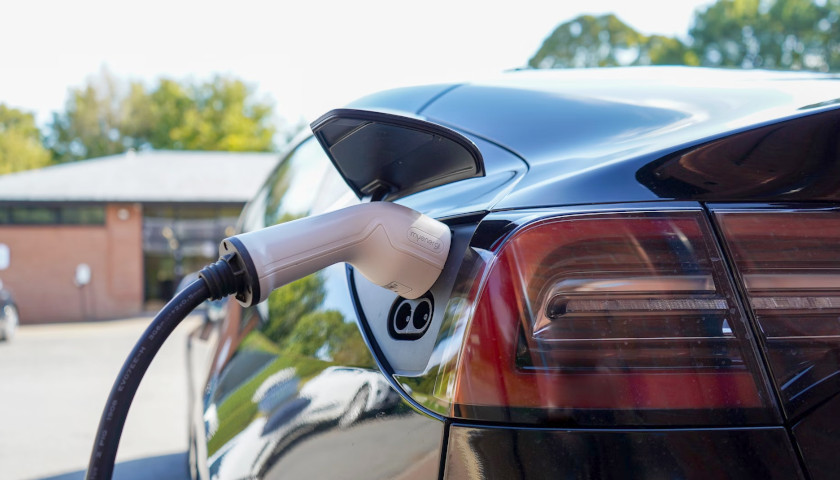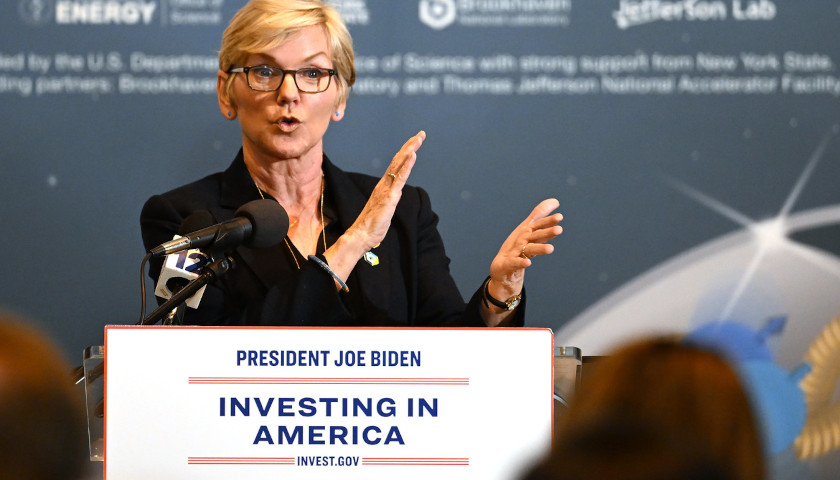by Nick Pope
The Environmental Protection Agency (EPA) is projecting that Americans could waste billions of dollars’ worth of time juicing up their electric vehicles (EVs).
As part of the Biden administration’s broader EV agenda, the EPA finalized aggressive tailpipe emissions standards on Wednesday that are designed to force manufacturers to massively increase the proportion of EVs they produce and sell. The regulatory impact analysis for that rule features estimates for costs of time spent refueling EVs over the coming decades, and the EPA is expecting that Americans will have wasted approximately $1.7 billion worth of time charging their EVs by 2055.
“Many refueling events for electric vehicles would be expected to occur either overnight where the vehicle is parked or during the workday using an employer owned charge point, neither of which require extra time from the driver, especially compared to refueling a liquid fueled vehicle. Similarly, drivers may opt to use public charging while shopping or at other places they regularly spend time,” the EPA’s regulatory impact analysis states. “However, some charging events will undoubtedly require drivers to take extra time to charge, especially when drivers are in the midst of an extended road trip. These mid-trip charging events are the focus of this analysis.”
The EPA’s projection that wait times for charging will cost the U.S. $1.7 billion in total by 2055 may actually be a conservative estimate based on some of the assumptions the agency makes in its calculations. For example, the agency asserts that, in most cases, people will charge their EVs overnight or while they are at work, a proposition that assumes Americans and their employers will broadly have the means to install charging infrastructure.
Additionally, the agency assumes that Americans who choose to adopt plug-in hybrid EVs will not need to recharge while going on extended road trips because they can convert to use gasoline for fuel, according to the regulatory impact analysis.
The finalized tailpipe emissions standards that the EPA announced Wednesday are the most stringent in American history, but they are less ambitious than those set forth in the EPA’s original April 2023 proposal. The finalized regulation effectively mandates manufacturers to see to it that EVs constitute between 31% and 44% of their sales by 2030, less than the initial proposal’s 60% threshold, but holds the same ultimate target of cutting emissions from new cars by at least 50% by 2032 relative to 2026 levels.
The final standards are still an “extreme EV mandate,” even though they are in some ways weaker than the proposal, O.H. Skinner, the executive director for the Alliance For Consumers, previously told the Daily Caller News Foundation.
The EPA did not respond immediately to a request for comment.
– – –
Nick Pope is a reporter at Daily Caller News Foundation.








